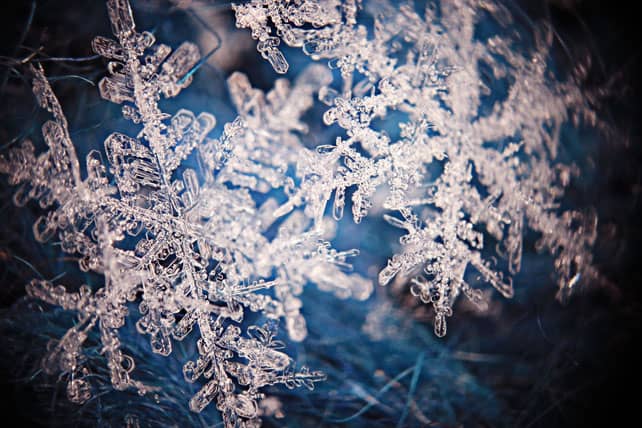
“I’ve been skiing since the age of seven, and have racked up the miles in over 75 resorts across eight countries,” says Amy Fletcher of ski-holiday specialist Crystal. “With five ski seasons under my belt, I’m as addicted to the snow now as when I first clipped into my 1980s planks for my first ski lesson.”
It’s no wonder then that the subject of snow is something that’s close to her heart. Here, with a little help from resorts around the skiing world, she’s started a lexicon of snow. We hope it will grow and grow…
So, how many words are there for snow? If you’re a skier or a snowboarder, the answer is loads.
We may not have quite the lexicon of the Saami in northern Scandinavia (who, according to linguist Henrik Magga, have 180 words for snow and ice). But the need to accurately describe conditions has forced us to be creative. After all, there’s a huge difference between a piste of perfectly-groomed corduroy, and one that’s studded with death cookies.
Here, we’ve collected some of the snappiest, most descriptive snow words for your delectation. And we’ve added some really cool terms from the Alps and Sweden too. If you’ve got any more, then please, please, please add them in the comments box below. We’d LOVE to hear ‘em.
You could even try inventing a few. After all, where did the idea of “Death Cookies” come from? I’m pretty sure it wasn’t from a scientist. Or a Saami reindeer herdsman. All it requires is a fertile imagination.
Good Snow
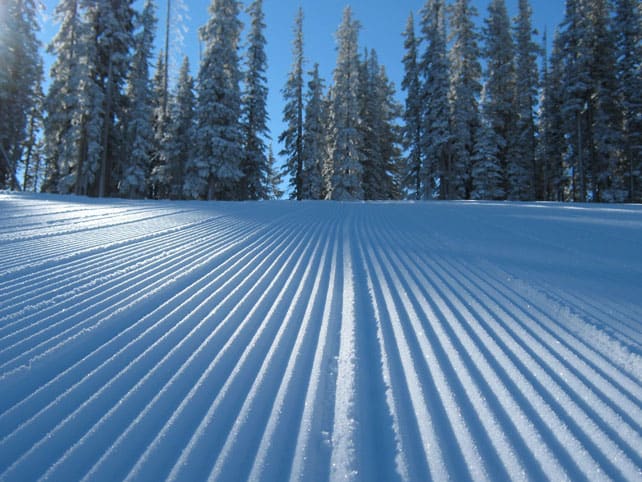
Corduroy
To get us started, here’s a word everyone loves. It’s the groomed surface of a piste/trail; and at first sight it has exactly the same texture as a geography teacher’s jacket. Swedish skiers call it Manchester: because in the old days, that’s where all the corduroy cloth in Sweden came from.
In mid-winter, when the snow is soft and squeaky, corduroy is 100% pleasure. All of yesterday’s bumps have been groomed flat, and the surface is smooth, predictable and grippy. In fact, it’s so good you should get out of bed half an hour early so you can be the first to ski it. (In Are, Sweden they run an early-bird skiing programme for those who want to get a head start on the rest of the resort. They call these sessions Manchester Mornings.)
By contrast, in spring, you can stay in bed a bit longer. That’s because the snow is going through a daily cycle of melting and refreezing, and first thing in the morning it can be rock hard. So snuggle back under the duvet and wait for the sun to warm up the snow a little (but not too much) before you ski it.
Corn Snow
Corn snow is some of the most elusive snow, and some of the loveliest. You’ll find it off-piste on a sunny slope, usually in a spell of clear spring weather – when the snow is melting during the day and refreezing overnight. When the sun first touches it in the morning, the top begins to soften, and it becomes grippy, while the snow beneath stays solid, and will hold a skier’s weight. It’s like skiing velvet: and it doesn’t last long. Before long, sun’s warmth reaches right down into the snowpack and the whole slope turns to mush. At this stage, wet-snow avalanches are a distinct possibility.
Powder
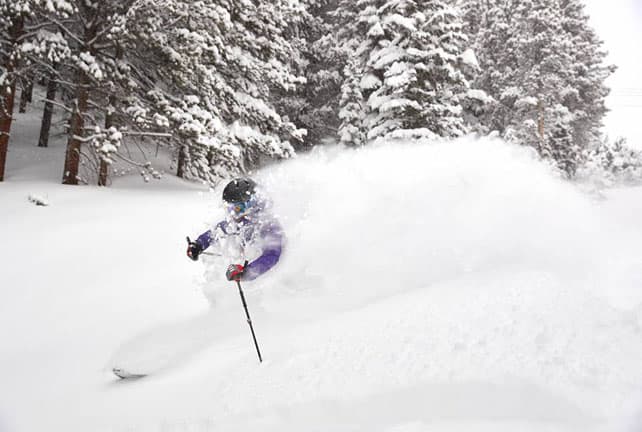
For advanced/expert skiers – and any snowboarder who can link more than a couple of turns – this stuff is the holy grail. It’s the light, fluffy snow that accumulates in a storm away from the groomed pistes – and if you’re the first to ski it, and you know what you’re doing, it’s like floating on air. Well, either that, or you’re going to set off an avalanche. But that’s another story…
Given the joy of powder, it’s no wonder it’s spawned several sub-categories, including…
Blower Pow (aka Cold Smoke)
When it gets really cold – the kind of cold that reaches into your lungs and tickles your bronchioles – the powder gets so light and dry it seems almost like smoke. This is blower pow.
And it can be a mixed blessing.
On the one hand, you’re not just floating. It feels like God’s holding you up by the straps of your rucksack, and all the angels in heaven are singing you down the mountain.
On the other hand, it’s so light and dry you need at least 30cm of the stuff beneath your skis – or else your bases will be scraping the rocks/old snow underneath. And when it gets really deep, it’ll blow up into your face, filling your nose and mouth, so you can barely breathe. At this point it’s turned into snorkle pow and you may find yourself conceding that yes, sometimes you can have too much of a good thing (thanks, Vail, for “snorkle pow”).
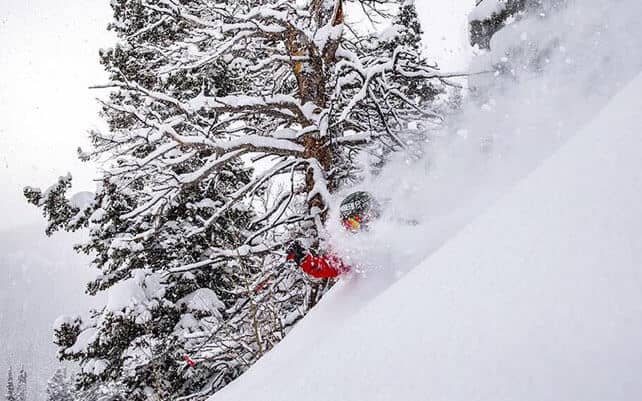
Champagne Powder
Actually, that should be Champagne Powder®. The Colorado resort of Steamboat has registered it as a trademark to describe the powder that falls there when it’s especially light, dry and fluffy. It’s not quite blower pow – but it’s close. And if you don’t want to worry about registered trademarks when you’re describing snow, cherry cherry pow will do nicely.
Puderzucker
The Austrians call blower pow puderzucker – “icing sugar”. Just imagine if snow was sweet. With maybe a slight aftertaste of cinnamon…(Thanks to Marion Telsnig of Crystal for this word!)
Bad Snow
Boilerplate
This is the stuff you find on a properly icy piste. I’m not talking about the usual hardpack you get on a snowy piste that softened a bit in the sunshine and then refroze overnight. This is proper, translucent, can’t-get-an-edge stuff. You’re most likely to find it after heavy rain. It’s also recognisable by the noise it makes under your skis: like a screeching, scratching howl.
Breakable Crust
When it’s not cold enough for corn snow to form, you get breakable crust. It might bear your weight for a bit. But pretty soon you’re going to drop through the top layer, into the mush underneath. You may even find yourself up to your waist in the bed of a stream – or one of those air holes that forms in the lee of a big rock. It’s God’s way of saying “you should have hired a guide” rather than skiing off-piste on your own.
Crud
Crud = heartbreak. If only you’d got to the powder an hour/a day/a week earlier! But you didn’t, and now it’s been chopped up into a gazillion little lumps of snow.
In the first few hours after its formation, crud isn’t so bad to ski. It’s just not as perfect as it once was. But bad things can happen to crud. It gets wet and heavy when the sun comes out – and if it refreezes overnight, it’s like a field of rubble the following morning. Some skiers call this chunder (thank you coloradoski.com for the definition).
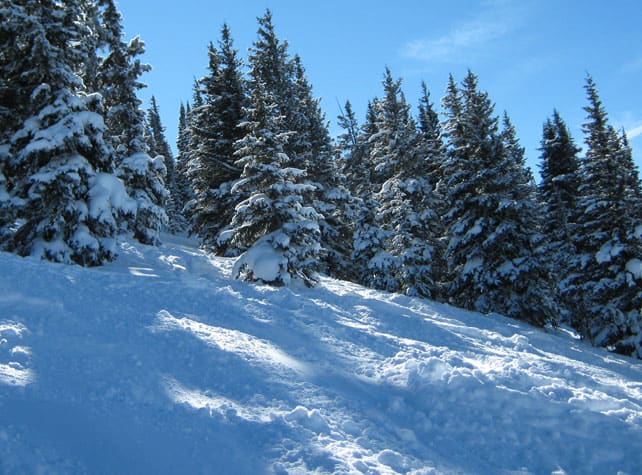
Death Cookies
Yuck, yuck, YUCK. When it’s really warm in spring, and the piste bashers groom really slushy pistes, they often leave lumps of snow in their wake. Sometimes they’re the size of biscuits, sometimes, rocks: and if it turns cold overnight they can freeze solid. Not only that, but they stick to the surface of the piste. If you hit one, you’re going to fall over.
Dust On Crust
Dust on crust is Mother Nature’s biggest tease. Yes, it looks like a field of untracked powder. But the snowstorm that dropped it ran out of juice too quickly – and the fluffy stuff’s only a few centimetres deep. As soon as you make a turn, you’re scratching the old, refrozen snow underneath. It’s a bone-rattling ride.
Sierra Cement
In America, skiers in Colorado use this as a term of abuse for Californian snow. But really, you can find it anywhere. All you need is humid air when it starts snowing – and you’ll often get it in coastal mountain ranges. The white stuff falls not as powder, but something much denser, wetter and heavier. It can look inviting, off-piste. But the moment your tips hit a lump of it, and you stop dead in your tracks, you’ll realise this is not friendly snow.
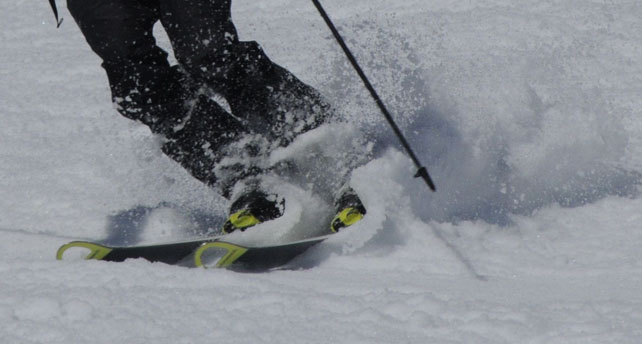
Slush
We all know what this means. It means wet trousers, soggy feet, and screaming knees – and a unanimous decision to get off the mountain as quickly as possible and kick back on a sundeck.
Every ski nation has a word for it:
The Austrians call it Gatsch (the same word for mud)
For the French, it’s la soupe (thanks Julie Pomagalski of Prosneige for this one)
In Piemonte in Italy, it’s pappa – which is the word for porridgy baby food (thanks to Marco Pietrini of New Generation)
In Sweden, it’s sorbet
Sometimes in America, it’s mashed potatoes or porridge
Foreign Snow
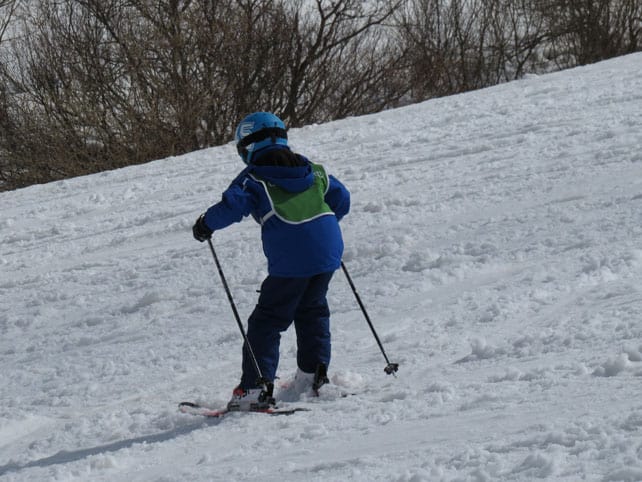
Batzen
This is the word the Austrians use to describe wet and heavy snow that isn’t quite Gatsch (slush). You can also use it to describe a person – and it’s definitely not a compliment…
Fifola
Ah…Fifola. This fluffy word comes to us from the Ladin language of the Italian Dolomites. They use it in the resort of Canazei to describe light, softly-falling snow, and I love it – even though it’s actually rather annoying stuff. After all, there you are, praying for a dump – and all Mother Nature can do is squeeze out a few flakes.
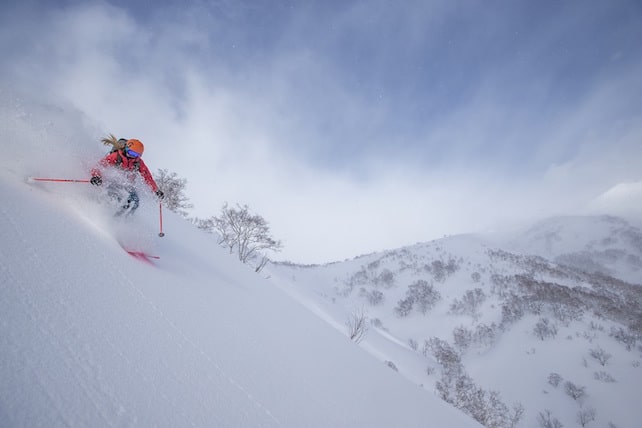
Kona-Yuki
Kona-Yuki means powder snow in Japanese. In fact, the Japanese claim they 100 different words for the snow that falls on the northern island of Hokkaido almost every day from November to April. Mochi-Yuki looks like a pounded rice cake. While Kata-Yuki is – to you and me – breakable crust.
Kramsnö
This is Swedish for “huggable snow”. It’s the moist, sticky snow that’s slightly squashy when squeezed, and it’s perfect for building snowmen. It’s not much use to skiers – after all it’s not far from Sierra Cement. But who cares? It’s a brilliant concept. (Thanks to Linda Wasell in Jamtland for this one.)
Snösmocka!
In Sweden, this is snow that’s falling so hard and so fast it’s like a smack in the face. According to Linda Wasell, it’s a term much loved by Swedish newspapers…
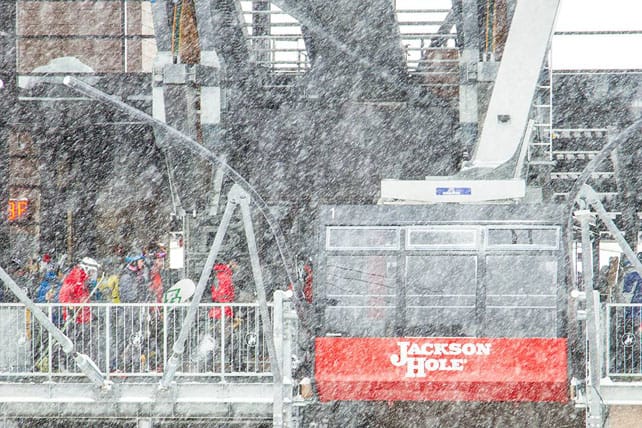


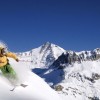

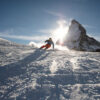





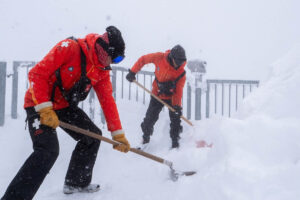
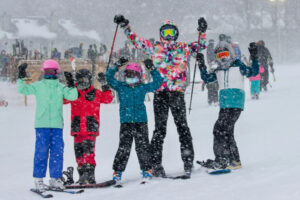
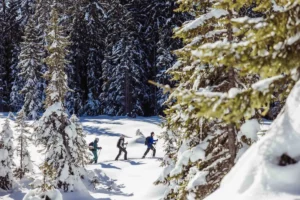
Amusing spoof 100 Eskimo words for snow here
https://ontology.buffalo.edu/smith/varia/snow.html
Elephant snot.mt Ruapehu New Zealand.self explanatory.